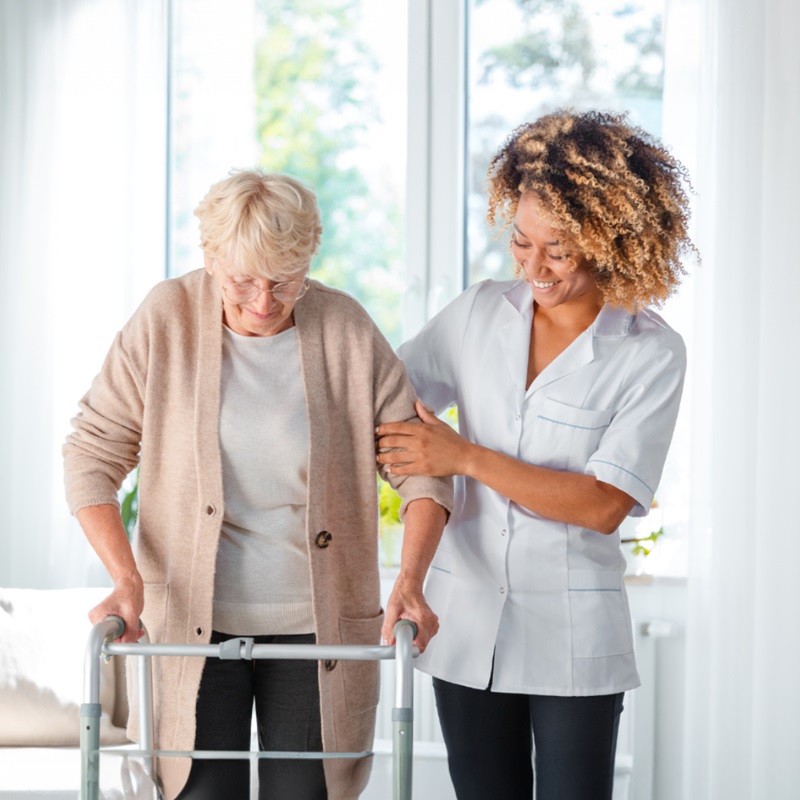Why Seniors Fall, and How to Reduce Your Risk
Did you know that most of the falls experienced by seniors are preventable? Here’s an overview of why seniors fall, and some proactive steps you can take to reduce your risk.
What Can Cause a Senior to Fall?
There are many reasons a senior might fall. However, falls are often caused by a combination of physical and environmental factors. As we age, our bodies might experience some changes, including decreased vision, reduced muscle strength, difficulty balancing, and lower flexibility. Each of these physical changes can lead to imbalance, reduced mobility, and an increased risk of falling.
Certain medications can have an effect, too. Some medications cause dizziness and dehydration, which may contribute to us losing our footing. So, it’s important to be extra careful when trying a new medication, even if you’re usually stable on your feet.
These factors, combined with a difficult living environment (tripping hazards, low lighting, difficult navigation), can pose a particular challenge when it comes to safety and fall prevention.
Creating a Safe Living Environment
It’s a good idea to assess your surroundings and identify any potential hazards before a fall happens. Start by removing anything that might cause you to trip—like loose rugs, cords, or clutter on the floor. If you regularly have to weave between pieces of furniture, consider creating a clear path with direct and easy access to areas you frequent most.
Good lighting is essential, too—especially in areas like the bathroom, kitchen, or stairs. If possible, switch low-brightness lightbulbs for ones with higher lumens, or install other light sources where needed. If you’re unsteady in specific areas, install a grab bar in an easy-to-reach location for extra support.
Staying Active and Healthy
Regular physical activity helps improve muscle strength, balance, and coordination, reducing your fall risk. Activities such as walking, gentle yoga, and tai chi can be especially beneficial for people with joint pain or lower mobility.
Also, don’t undervalue the benefits of a healthy, balanced diet! Eating enough protein will help strengthen your muscles, while regular meals full of carbs and healthy fats can stabilise your energy levels. Plus, consuming enough calcium and vitamin D can help keep your bones strong, preventing fractures if you do, regrettably, have a fall.
Note: It’s crucial to consult your doctor before starting any new exercise regime or making any changes to your diet.
Bonus tip: Did you know the clothing you wear around your house can reduce or increase your fall risk? Loose clothing (like pants that are too long and hang beneath your feet) can be a tripping hazard. On the other hand, wearing stable, high-grip shoes around the house can keep you extra safe!
Could you use some help making your home fall-safe? Here at Simply Helping, we offer a great range of home care services—including home maintenance and domestic assistance, to keep you happy, healthy, and safe. Click here to learn more and contact us today.





